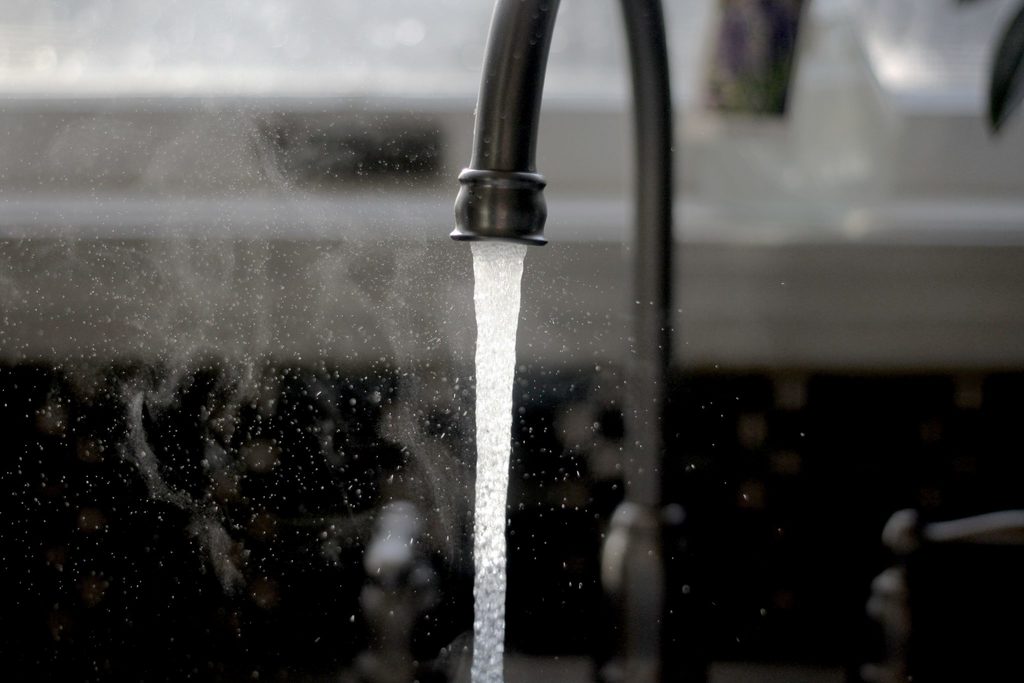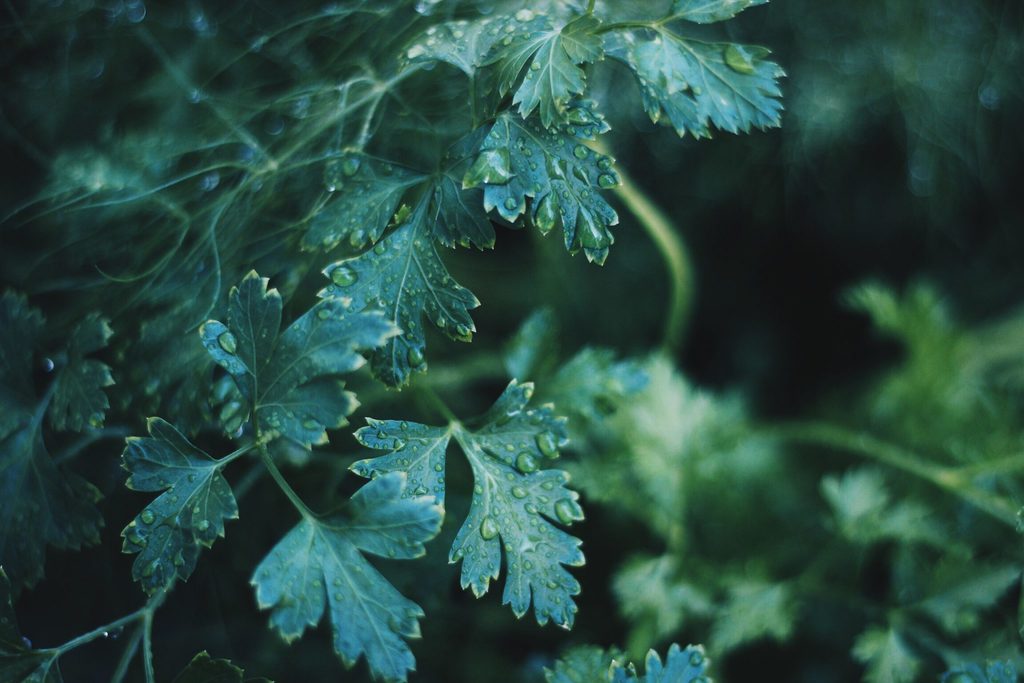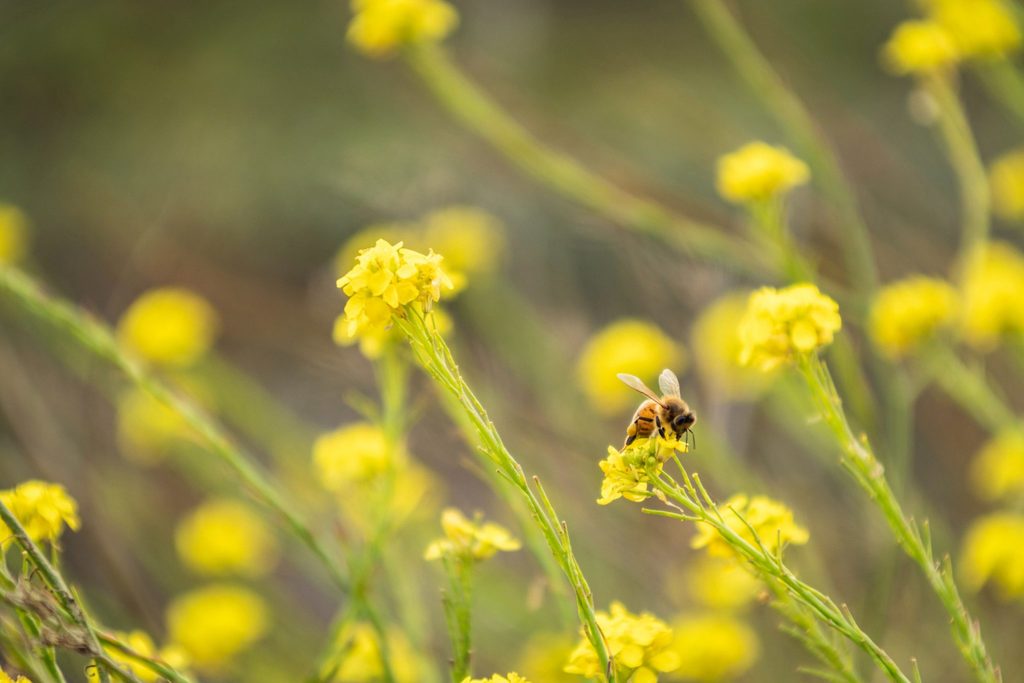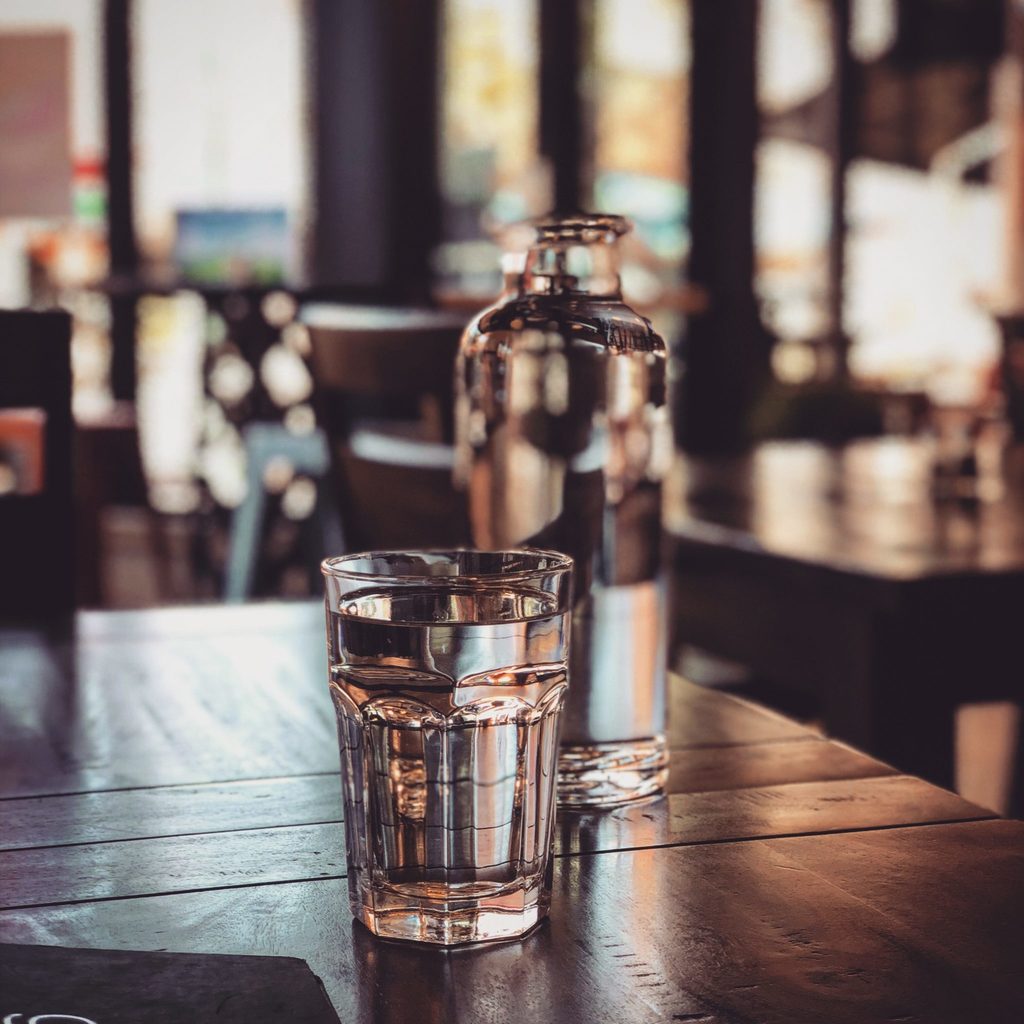Your cart is currently empty!

19 Tips For Managing Water Use At Home
Want to reduce your impact on the world’s water? Here are 19 of our best tips for reducing your water consumption at home.
In March each year, World Water Day will see people all over the globe think about how we use water. The campaign, organised by the UN, will tackle the reasons why so many people are left without water in the modern world.
The message is clear: by 2030, the UN’s Sustainable Development Goal 6 states that everyone should have access to clean water and sanitation.

And while that will mean making huge structural changes, it’s a good time to think about our own relationships with water.
Being conscious of our consumption — whether that’s food, water or fossil fuels — is essential for every environmentalist. Today, we’re going to look at how we can reduce our water consumption at home.
Reducing your water consumption at home and in the garden
1. Install a water butt — Catch rainfall to use around the garden and home later on. Garden hose pipes are a huge drain on water.
2. Fill your sink — When washing the dishes, don’t leave the tap running. To reduce your water consumption even more, get a plastic washing up bowl.
3. Track your water usage — With a smart meter, you can see how much water you’re using throughout the day. Keeping track of your usage is a great way to find areas to improve.

4. Upgrade your taps — Old taps are often less efficient than modern ones. Invest in aerated or low-flow taps to save water.
5. Get an efficient showerhead — Again, if you can afford it, then upgrading your shower head could reduce your water bill in the long run.
6. Water plants in the morning — Get out in the garden before the temperature is high. You’ll lose less water to evaporation before the plants can absorb it.
Interested in reducing your carbon footprint? Here are 19 tips to reduce your transport emissions.
7. Say no to the hose — A garden hose uses several gallons of water per minute. Do the same job with far less water using a watering can.
8. Lose your lawn — While we’re in the garden, consider ditching the high-maintenance lawn. Grass is thirsty yet doesn’t do much to help local wildlife. Consider planting wildflowers and creating some less refined areas to encourage bugs, frogs and small mammals.

9. New toilet — Older toilets can be notoriously inefficient. A modern upgrade could slash your water consumption.
10. Wash your hands wisely — It’s tempting to leave the tap running while we’re applying soap to our hands, but it’s also very wasteful.
11. Choose showers over baths — It’s a much-repeated tip, but you could save 16 gallons or more by choosing a shower over a bath. Just steer clear from power showers!
12. A toilet trick — If your toilet uses too much water to flush, stick a filled water bottle in the cistern. You’ll trick it into using less water.
13. Turn that tap off — We’ve all been told a million times, but it really does help to turn the tap off when brushing your teeth. A quick rinse of the toothbrush before and after brushing is enough.
Reduced your water consumption? Now let’s look at how to save carbon emissions at home.
14. Reuse cooking water — Boiled a pot of pasta? Drain it into another pot and use the water around the house and garden. Once cooled, your pasta water is just fine for your plants.
15. Place a water jug in the fridge — Instead of waiting for the kitchen tap to turn cold, keep a filled jug in the fridge for cool water on demand.

16. Fill your dishwasher and washing machine — Resist the urge to wash half a load!
17. Plant native species in your garden — Choosing plants that are native to your area will mean they require less maintenance than exotic species.
18. Reuse your towels — It’s a tip that works at hotels and at home. A properly dried towel can be reused multiple times before it needs a wash.
19. Shorten your showers — Stick a kitchen timer in your shower and watch your water consumption fall. Cut your showers to 5 minutes and you’ll be amazed by how much you’ll save.
For many of us, water is something we take for granted. With World Water Day on the horizon, it’s a good time for us all to take stock and appreciate the resources we use every day.
Leave a Reply